Volunteer canola - Brassica napus and Brassica rapa
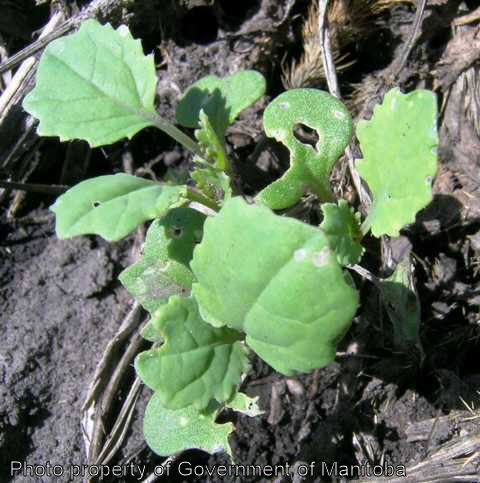 click to enlarge |
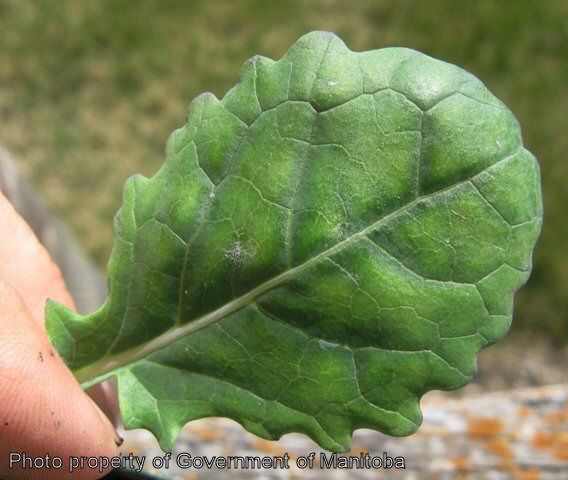 |
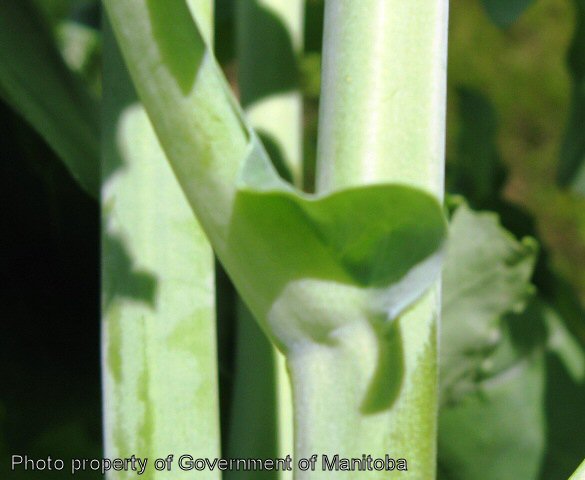 |
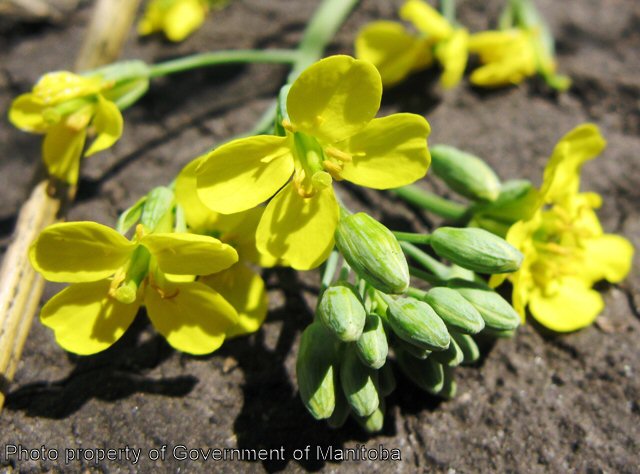 |
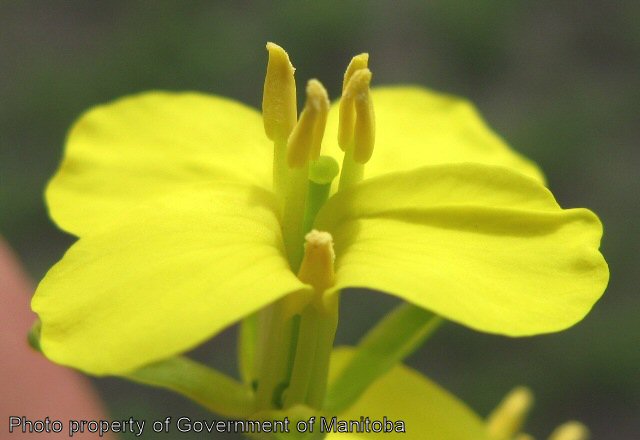 |
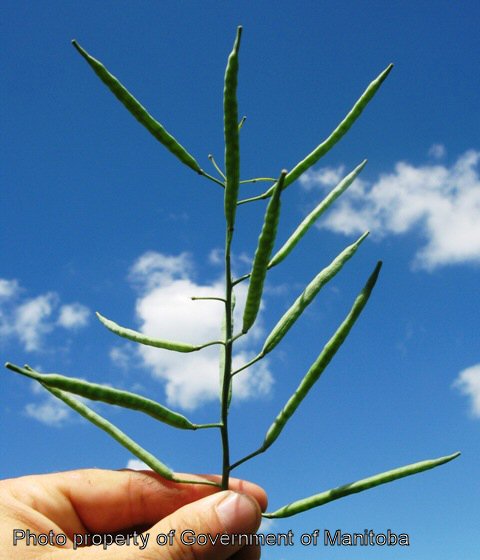 |
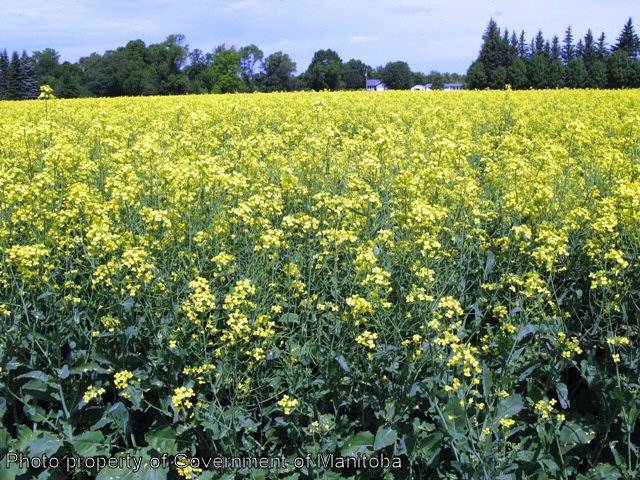 |
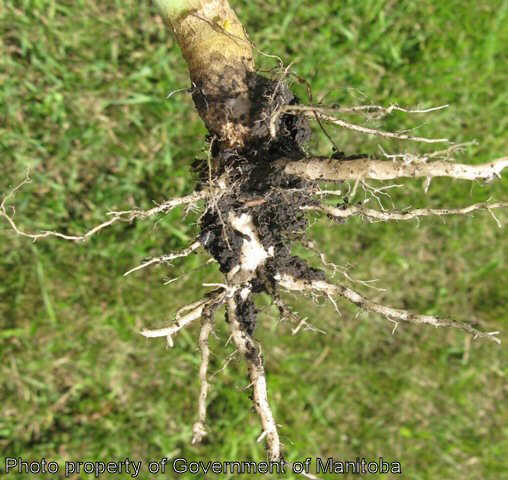 |
Biology
This is an annual weed , reproducing by seed. The stems are erect, 1 m tall, branched, glabrous in napus, hairy in rapa, and bluish-green in colour. Napus leaves are dark green, smooth, hairless, and sessile. Rapa leaves are lighter green, clasping, and hairy on the underside and petiole. Flowers are pale yellow, small, and appear on a raceme. The inflorescence of rapa appears more rounded than napus because flowers extend past the tip of the raceme. Napus flowers do not extend past the tip resulting in a more flattened appearance. Flowering occurs two weeks later in napus. The seeds are small, round, 1-3 mm in diameter, reddish-brown to black, borne in pods which are supported on pedicels. Napus has fewer but larger pods which shatter easily. The pods of rapa are shorter and more resistant to shattering. Napus seeds are short-lived in the soil, surviving only 1-3 years. Rapa seeds can survive for longer periods in the soil.
Scouting Techniques
Take a minimum of 20 weeds counts across the field.
Effects On Crop Quality
Competes with desirable crop species.
Threshold/Yield Loss
A source of seed contamination.
Control Tips
- Group 2 herbicides
- Group 4, Group 22 (Gramoxone PDQ), Group 9 (unless Roundup Ready)
- hand pulling
- more difficult to control then expected because early emerging seedlings become "hardened" in cool spring weather
- must keep good farm records if growing herbicide tolerant varieties so that you can use an appropriate herbicide for control

